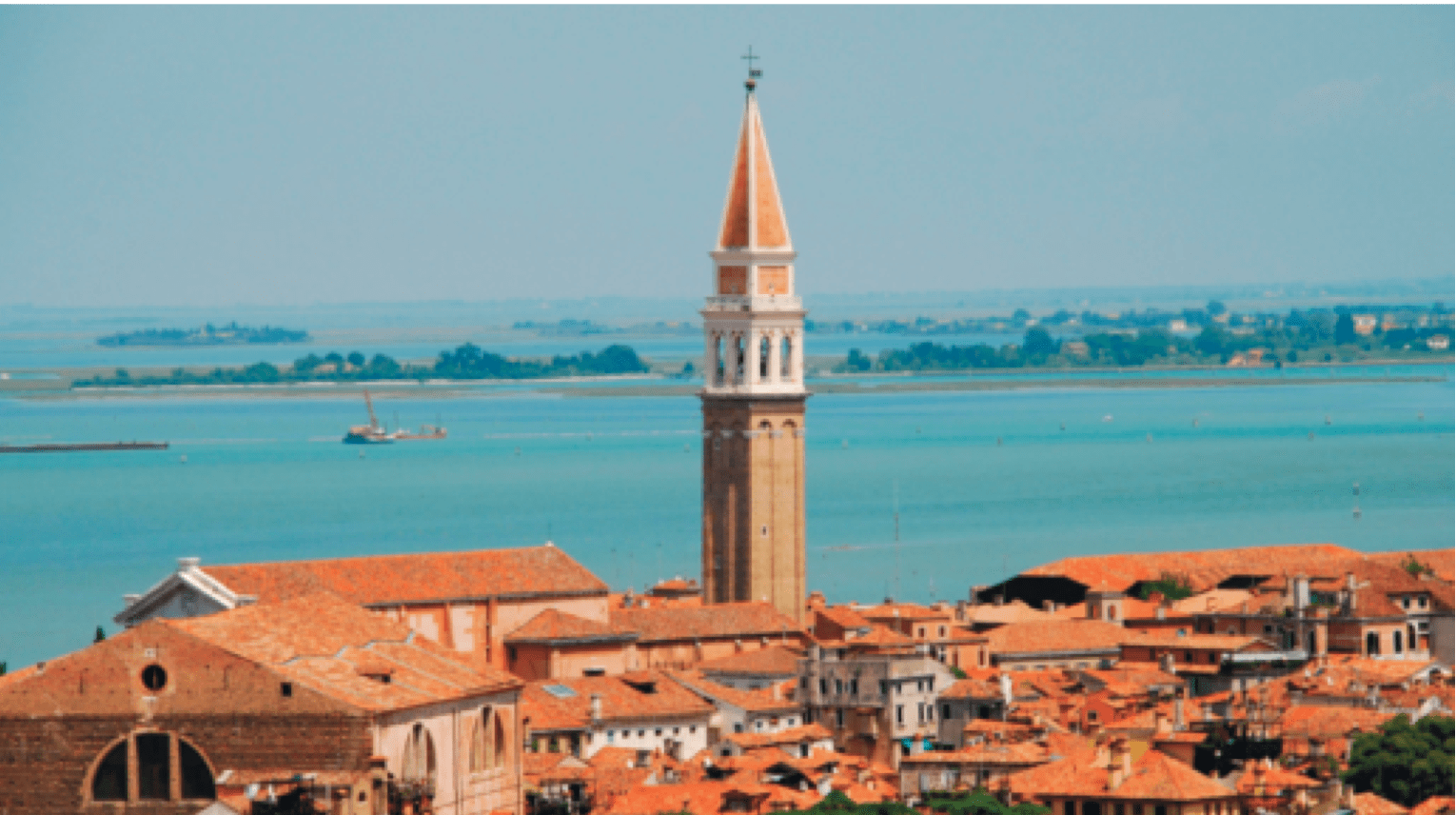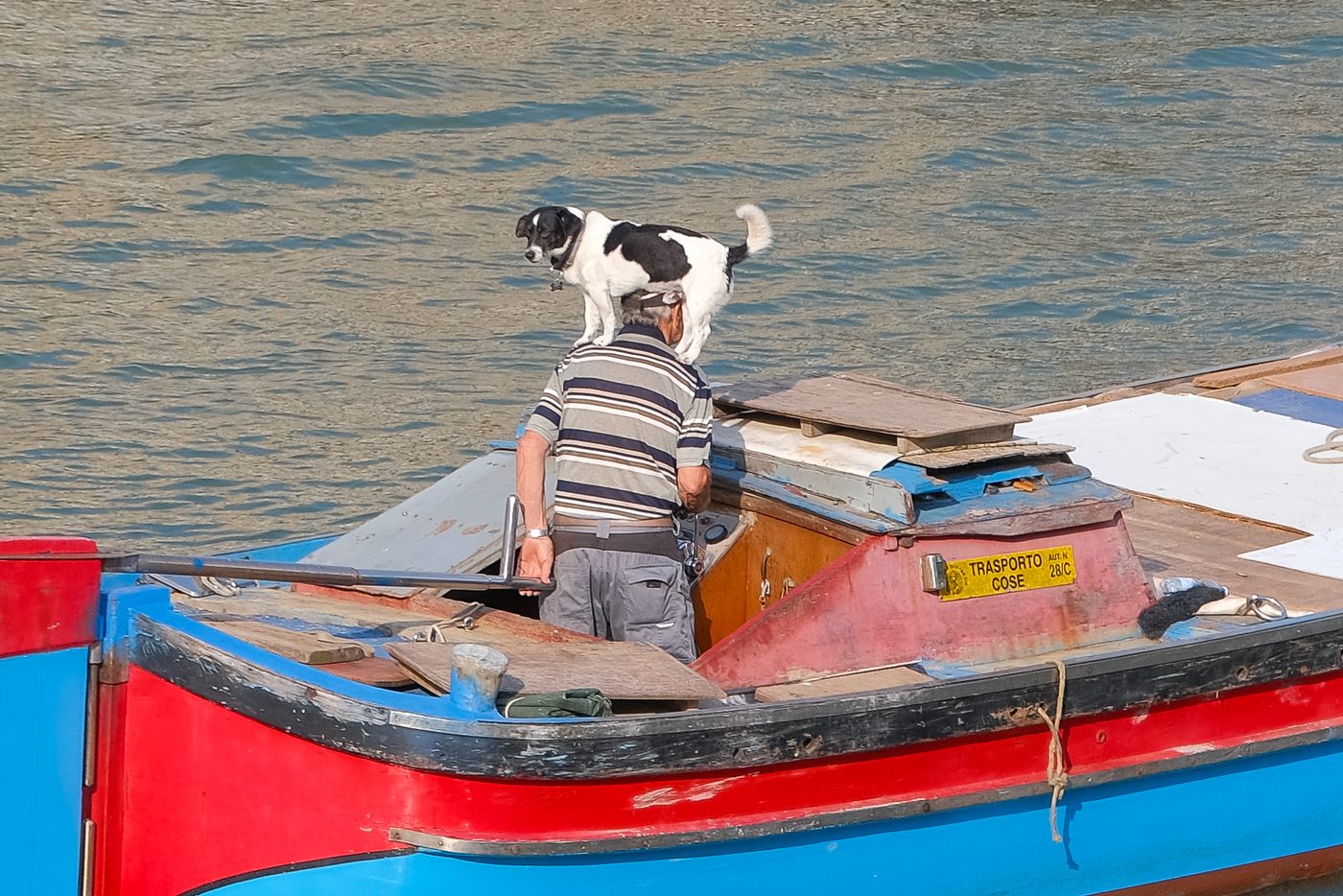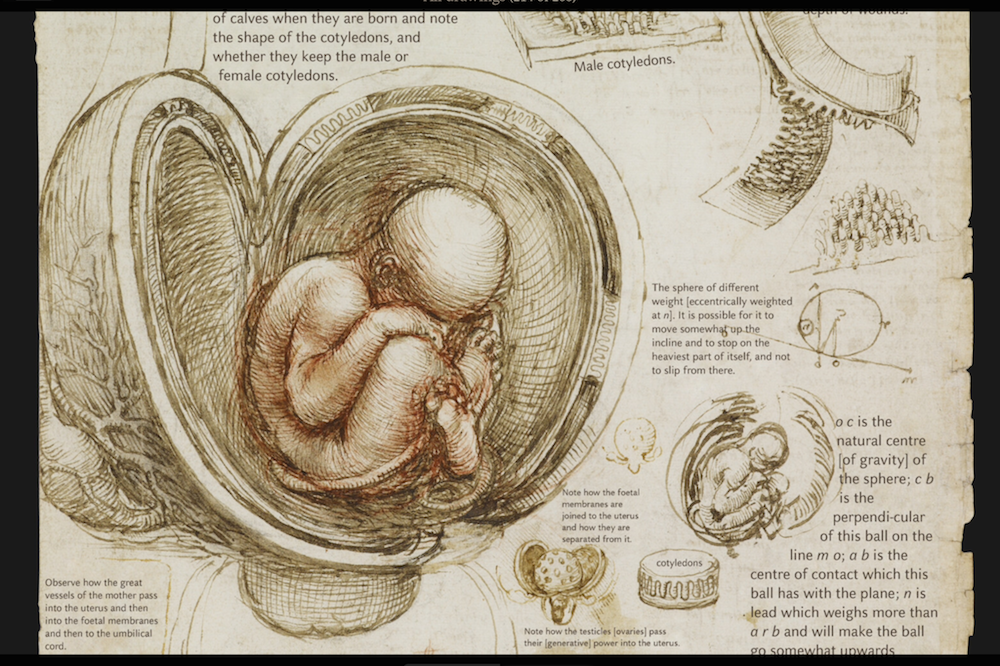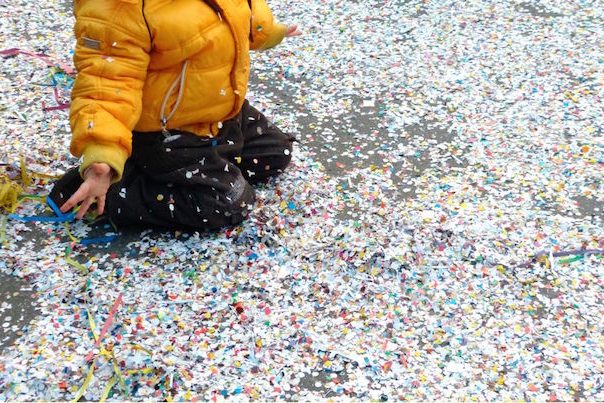When I made my first poorly-planned and short-lived attempt at the age of 26 to live in Venice in the early 1990s, I thought of it as the ultimate place of art and artifice. I imagined that by traveling to Venice I would pretty much be leaving the natural world behind. I’d grown up surrounded by agriculture in California’s San Joaquin Valley and I was ready for something completely different. Bell towers and domes would replace the orchards I was used to, dirt clods would give way to centuries-old paving stones, and instead of the Altamont Hills to the east of my hometown I’d see only the distant blue mountains in the late-15th paintings of Giovanni Bellini.
Of course I was far from alone in thinking of Venice like that. In Watermark Nobel laureate Joseph Brodsky compared walking the city’s narrow calli to strolling library aisles, compact houses like spines of closed books on either side. And, more recently, Peter Ackroyd entitled his own book on Venice Pure City—which, given its notorious past, can only refer to the city’s absolute urban-ness, rather than any moral or hygienic spotlessness.
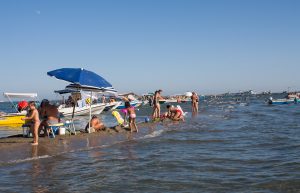
But, in fact, after nearly three years of living here, I find that Venetians are nothing like those New Yorkers one can still sometimes meet who get anxious at the mere thought of something softer than concrete beneath their feet and green vistas stretching out impersonally all around them. Nor are they the little bookworms Brodsky imagined them to be, tucked away in the old dense script of their city, nor museum mice content in the deep shadows of its artwork. Though for many visitors the lagoon serves simply as the broad blank shimmering background upon which this little gem of a city is set to be better admired, for Venetians, even after the demise of their fishing industry, the lagoon remains a vital part of their very way of being.
The secret life of Venetians is, in other words, very much an open secret life, lived out in the expanses of the lagoon where many visitors hardly ever look, or allow themselves time to find it.
In fact, a Venetian who’s fond of you is more likely to invite you for a day out on their boat than to a museum show. After all, for all of their city’s great art, Venetians have never really been an abstracted, aesthetical, ivory-tower bunch. Indeed, one of the great private libraries of the 14th-century, a priceless trove of learning given by the poet and early humanist Petrarch to the city, was disastrously left to moulder away to nothing over the course of many centuries while Venetians concerned themselves with the more immediate material concerns of keeping their Republic afloat, or displaying their vast wealth.
Though the overwhelming majority of Venetians no longer earn their keep on the lagoon, they remain drawn to physical activity upon or within it. They row on it—both in the traditional Venetian style and in English sculls—they sail on it, and they still fish on it, though almost none in a professional capacity. On summer weekends you’ll find scores of boats anchored around a long narrow sandbar (or bacan, in Venetian) off the nearby island of Sant’ Erasmo, east of Murano. Just as Americans once ate in their cars while lined up along the paved peninsulas of drive-up burger joints, so Venetians of all ages lunch leisurely around él bacan on food they’ve brought from home, while kids play on that skeletal islet of muddy sand whose dimensions change with the tide.
Other Venetians spend warm days hidden away among the native overgrowth of a little archipelago of islands near Mazzorbo and Burano, in rustic one-room houses that once belonged to fishermen. Some tend to fruit and vegetable gardens on the outer islands, or in private or community gardens hidden behind walls of the city and on the island of Giudecca. For the last couple of years a group of Venetians which goes by the name of La Laguna nel Bicchiere (The Lagoon in a Glass) has devoted itself to cultivating and harvesting grapes in old monastic vineyards that had fallen into neglect, and making wine from them in the revived cantina of a 15th-century monastery on the cemetery island of San Michele. And virtually every Venetian, regardless of income, rents a private capanna on Lido for the summer.
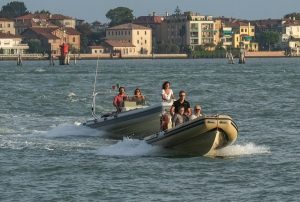
Some wealthy families seclude themselves in their own little hut in front of the Hotel des Bains, but everyone else splits the high cost 8 or 10 ways in one of the less-exclusive but livelier zones.
With any of the above destinations in mind, or with none at all, true Venetians will always find a reason to take a turn on the lagoon in their own little (or large) motor boats. If for no better reason than that the day is oppressively hot and still and the only breeze to be found is on the lagoon, created by the progress of their boat across it.
At the end of Carnevale last year, the Master of Ceremonies on the big stage in Piazza San Marco practically sang through tears as an immense flag of San Marco was run up a long wire from the stage to the top of the nearby campanile and canned music blared. It was an overwrought bit of theater cooked up for tourists, as few Venetians over the age of eight find Carnevale to be anything more than a nuisance, or a money-making venture. To see real Venetian pride, though, with all its native panache, seat yourself at water’s edge in Sant’ Elena, or along the Zattere or Fondamenta Nuove, some warm late weekend afternoon and watch the private boats of all sizes return home from their day on the lagoon.
I’ve never known a Venetian to look more content and proud and masterful, more evocative of the old glorious Republic, than when he is out on the water at the wheel or tiller of his own boat—no matter how modest it may be.
For more about living in Venice, visit Steven Varni’s blog: veneziablog.blogspot.com
